In the realm of networking, Ethernet stands as a foundational technology. It is crucial to comprehend its underlying components, specifically the Ethernet header and trailer, which play pivotal roles in data communication. By dissecting these elements, we not only enhance our understanding of network protocols but also equip ourselves to troubleshoot issues and optimize performance.
What is an Ethernet Frame?
An Ethernet frame represents the fundamental unit of data transmitted over an Ethernet network. Each frame encapsulates a portion of data (the payload) along with metadata in the header and trailer. The structure of an Ethernet frame is specifically designed to ensure smooth data transfer, error checking, and proper routing.
Structure of an Ethernet Frame
An Ethernet frame comprises several critical components:
| Component | Size (Bytes) | Description |
|---|---|---|
| Preamble | 7 | A sequence of bits for synchronization (not counted in the frame size) |
| Start Frame Delimiter | 1 | Marks the start of the frame |
| Destination MAC Address | 6 | Identifies the recipient MAC address |
| Source MAC Address | 6 | Identifies the sender MAC address |
| EtherType/Length | 2 | Specifies the protocol of the payload or its length |
| Payload | 46-1500 | The actual data being transmitted |
| Frame Check Sequence (FCS) | 4 | An error-checking code, ensuring data integrity |
| End Frame Delimiter | 1 | Marks the end of the frame (not counted in the frame size) |
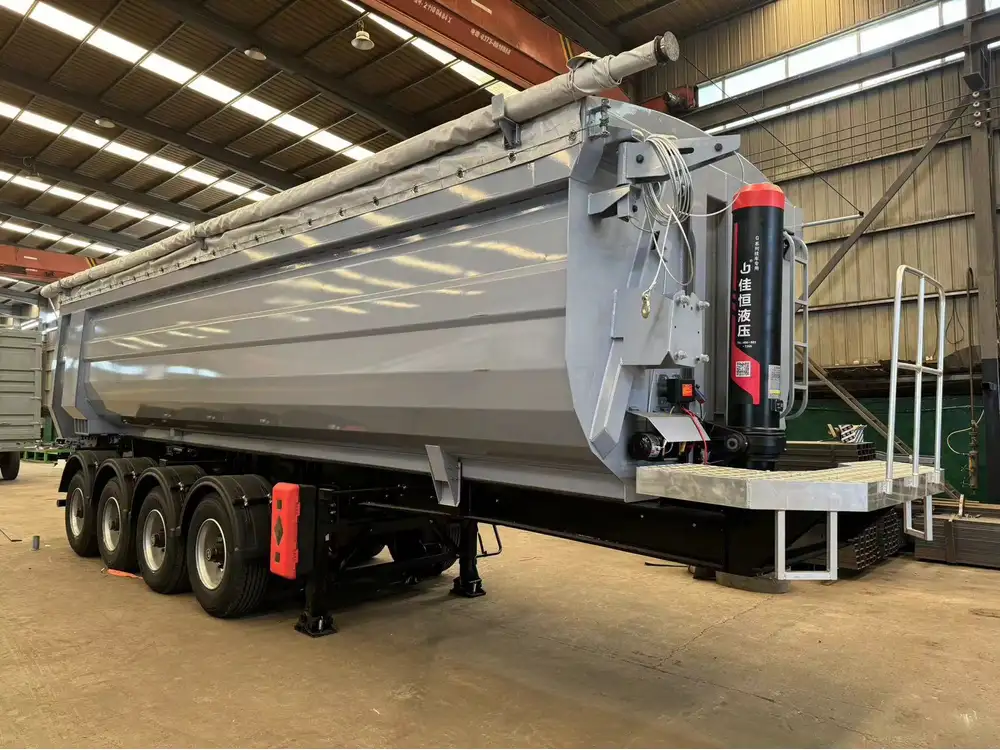
Deep Dive: Ethernet Header
Components of the Ethernet Header
The Ethernet header is fundamentally responsible for directing and identifying the frame as it traverses the network. Here’s a detailed view of its components:
Destination MAC Address:
- Size: 6 bytes
- Function: This unique identifier directs the frame to the appropriate device on the network. It’s essential for accurate communication, ensuring the frame is sent to the intended recipient.
Source MAC Address:
- Size: 6 bytes
- Function: This identifier signifies the origin of the frame. It allows the receiving device to know where the data is coming from, fostering better communication and data integrity.
EtherType/Length:
- Size: 2 bytes
- Function: The EtherType value specifies the encapsulated protocol, which can be IPv4, IPv6, ARP, etc. It essentially informs the receiving system about the type of payload contained within the frame. In some cases, this field may also indicate the length of the payload.
Understanding the Purpose of the Ethernet Header
The Ethernet header is paramount for facilitating reliable communication across networks. Its components ensure that data packets are properly routed and addressed, mitigating the risk of data loss. Without the header, frames would lack the necessary context for their journey through a network.
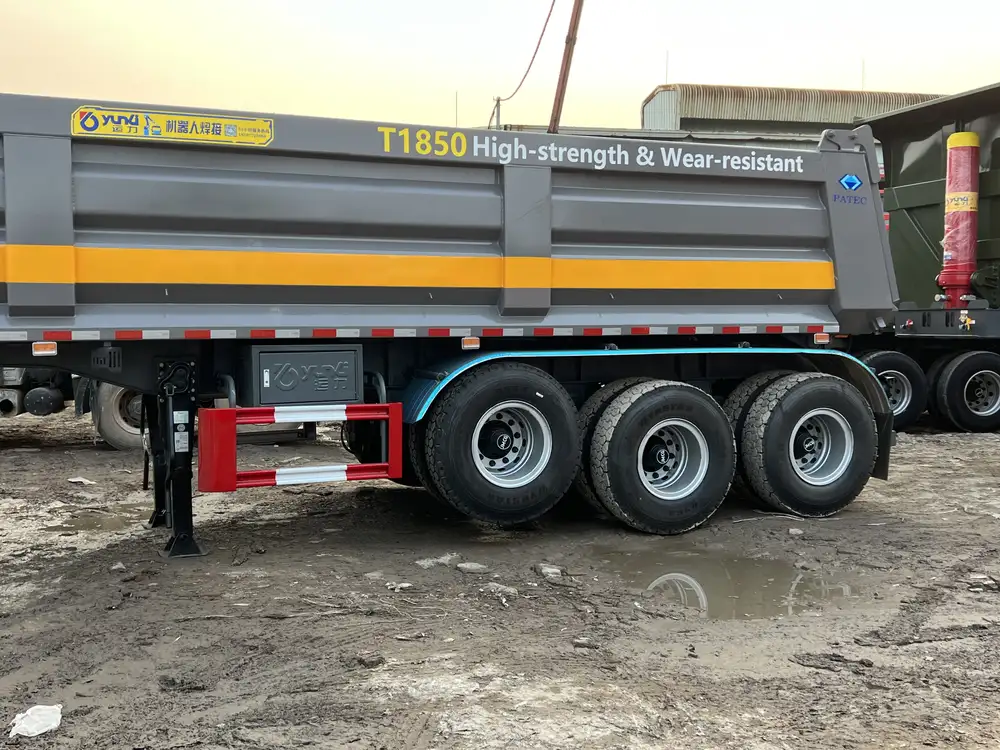
Common Issues Related to Ethernet Headers
When examining Ethernet headers, various issues can arise, potentially disrupting communication:
- Incorrect MAC Address: If a frame contains an incorrect destination MAC address, it may not reach the intended recipient, leading to data loss.
- Improper EtherType: A misidentified EtherType can cause a device to interpret the frame incorrectly, resulting in processing errors or dropped packets.
- Fragmentation: Frames exceeding the maximum transmission unit (MTU) may require fragmentation at the IP layer, resulting in multiple frames for a single data transmission.
The Ethernet Trailer: The Unsung Hero
While the Ethernet header garners significant attention, the trailer also plays an equally crucial role in maintaining network integrity.
Components of the Ethernet Trailer
The primary component of the Ethernet trailer is the Frame Check Sequence (FCS).
- Frame Check Sequence (FCS):
- Size: 4 bytes
- Function: This component employs a cyclic redundancy check (CRC) algorithm to ensure the integrity of the transmitted frame. When a frame reaches its destination, the receiving network interface card (NIC) calculates the CRC value for the received data. If it matches the FCS value in the trailer, the frame is processed; otherwise, it may be discarded.
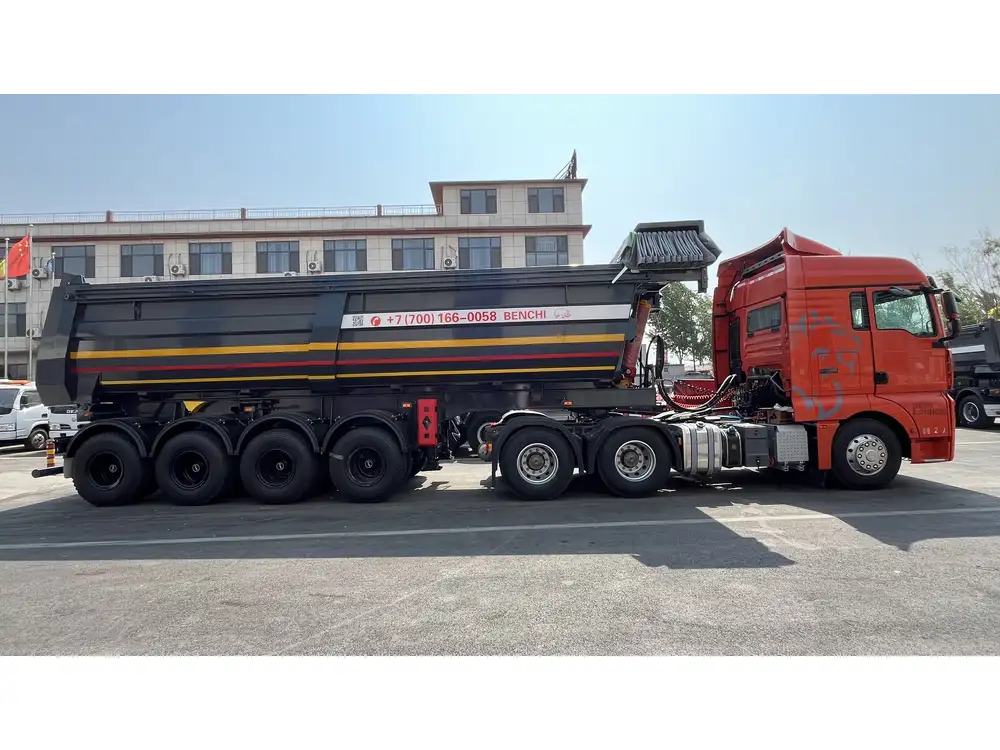
Importance of the Ethernet Trailer
The trailer acts as a crucial safeguard for data integrity. Without it, frames could easily be corrupted during transmission. The FCS enables devices to detect errors and manage retransmissions efficiently, thereby maintaining the reliability of network communication.
Common Issues Related to Ethernet Trailers
The trailer, despite its simple structure, can be a point of failure if not handled correctly:
- Data Corruption: If a frame becomes corrupted during transmission and the FCS does not match, the receiving device will reject the frame, leading to possible data loss.
- Misinterpretation of Frames: If the trailer is not parsed correctly, critical error-checking mechanisms may fail, causing further complications down the data communication line.
Ethernet Frame Size Considerations
Understanding frame size is crucial for optimizing network performance. Ethernet frames typically range from 64 bytes to 1518 bytes. However, specific Ethernet standards allow for larger frames.
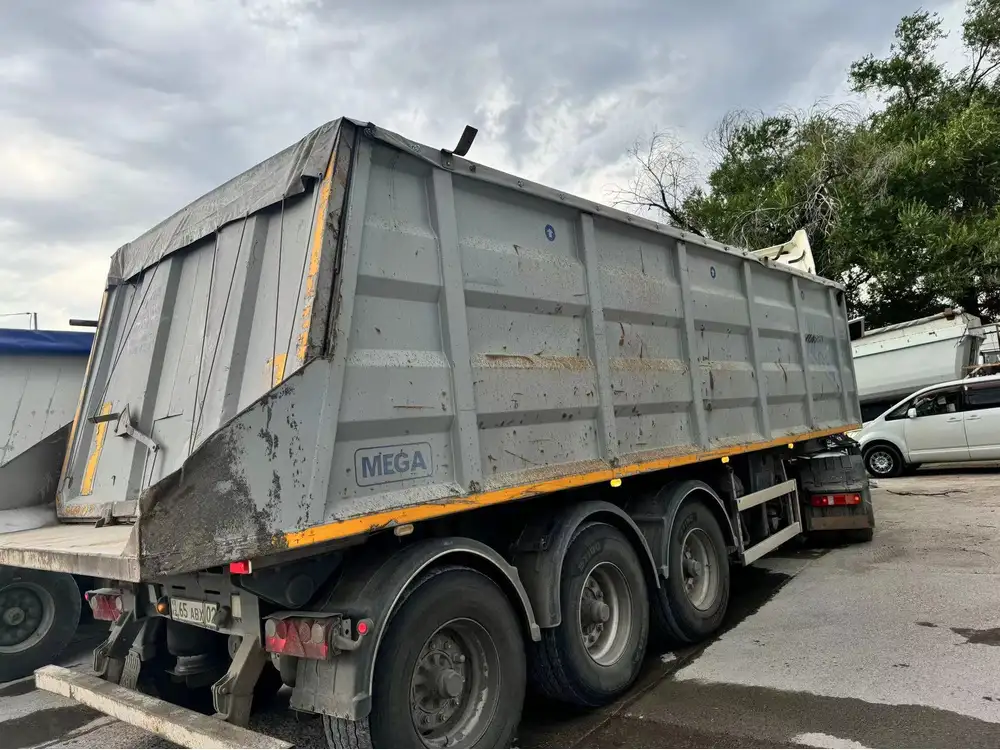
Impact of Frame Size on Network Performance
- Small Frames: Can lead to increased overhead due to the larger proportion of header and trailer relative to the payload. This results in inefficient bandwidth usage.
- Large Frames: May increase throughput but can also lead to higher latency if mismatched with the network’s MTU settings.
Best Practices for Frame Sizing
- Observe MTU Limits: Always respect the MTU limits on your network to prevent fragmentation.
- Monitor Network Traffic: Use tools to analyze traffic patterns and understand optimal frame sizes for your specific use case.
- Balance Payload Size: Aim for a balance between minimizing overhead and preventing latency to enhance overall network performance.
The Evolution of Ethernet Standards
As networking technology has evolved, so has the Ethernet standard. From the original 10BASE-5 to modern 1000BASE-T and beyond, understanding these developments is crucial for leveraging Ethernet technology effectively.
| Standard | Data Rate | Description |
|---|---|---|
| 10BASE-5 | 10 Mbps | The original Ethernet standard using thick coaxial cables. |
| 100BASE-TX | 100 Mbps | Fast Ethernet standard utilizing twisted pair cables. |
| 1000BASE-T | 1 Gbps | Gigabit Ethernet using four pairs of copper wires. |
| 10GBASE-T | 10 Gbps | High-speed Ethernet utilizing twisted-pair cabling. |
| 100GBASE-SR | 100 Gbps | Fiber optic Ethernet for high bandwidth demand. |
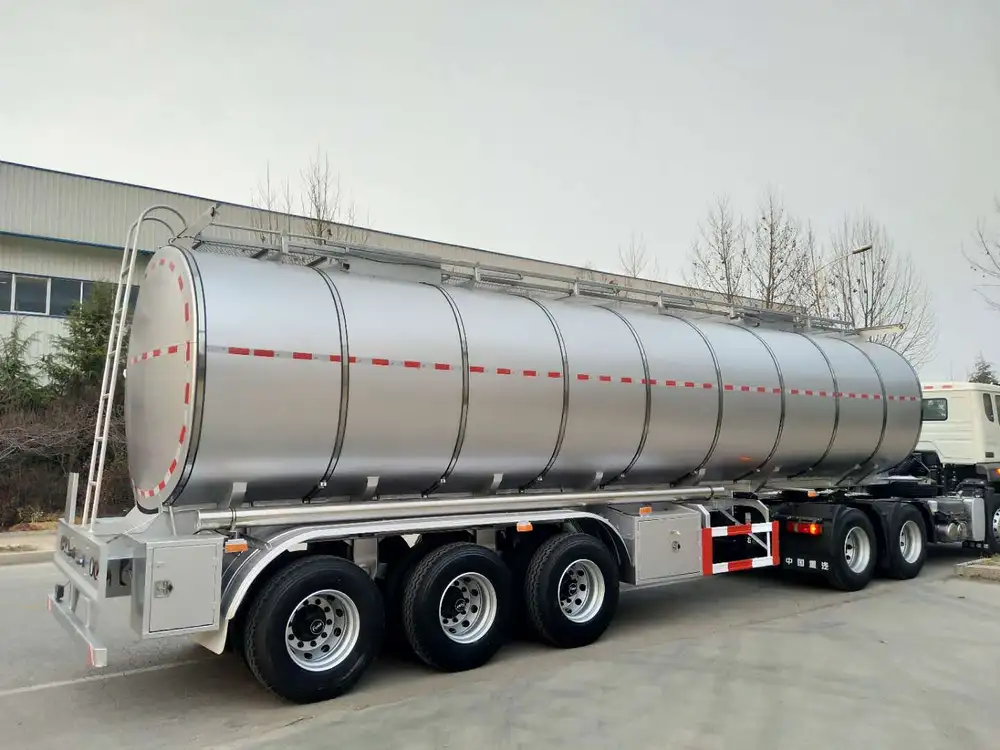
Future Trends in Ethernet Technology
As the demand for bandwidth continues to escalate, newer standards are expected to emerge. The transition to greater data rates and enhanced capabilities will undoubtedly shape the future of networking:
- Advancements in Optical Ethernet: With increasing reliance on fiber optics, standards may shift towards optimizing optical Ethernet protocols for better performance.
- Increased Efficiency: Future Ethernet standards are likely to focus on energy efficiency and minimized latency to support growing data center needs.
Conclusion: Mastering Ethernet Components for Enhanced Networking
In summary, a thorough understanding of the Ethernet header and trailer is indispensable for anyone engaged in networking. The header ensures proper addressing and routing, while the trailer upholds data integrity through effective error checking. By paying attention to frame sizes, recognizing potential issues, and staying updated on Ethernet standards, users and manufacturers alike can significantly improve networking performance and reliability.
Mastering these aspects allows businesses and individuals to leverage Ethernet technology to its fullest potential, responding effectively to the ever-evolving landscape of network communication.



